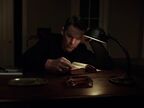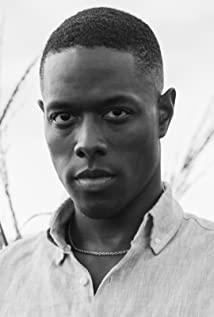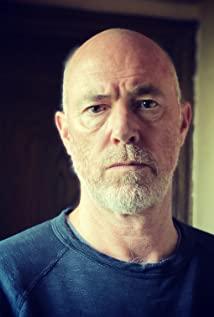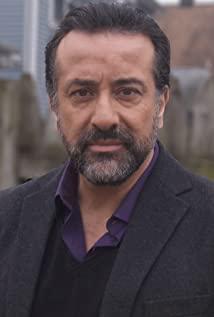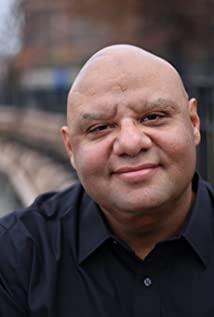(Text/Volume)
After many years, Schneider finally offered a stunning, very personal style of work-"First Reformed", unhurriedly, mixed with anger, and extremely painful to the gaze and heart of faith and doubt dialogue. Schneider's talent lies in his ability to use the master's iconic techniques and mix them together to show his personal aesthetics. In this film, he uses architecture and environment to construct his themes, reminiscent of the Ozu Yasujiro he has always borrowed, and also borrows from Ingmar Bergman's Stoic introspection.
Toller (the protagonist)'s son was unfortunately killed in the Iraq War when he joined the army in his early years. After that, Toller began to drift away from his beliefs. The local assembly has moved to the town’s cathedral, and the generous environment is full of state-of-the-art widescreen TVs and venue-style seating. Jeffs, who was responsible for organizing the re-celebration of the 250th anniversary of the First Reformed Church, was funded (and influenced by) corrupt and radical corporate CEOs, who were deniers of climate change, and his company was exactly this. It is one of the most serious environmental damage companies in the world. At the same time, Toler's behavior has been constrained by Jeffs.
Toller, a clergyman who has worked hard for many years, has wrinkles on his face, his liver has been eroded by alcohol for many years, and his life lacks a sense of accomplishment. So he decided to keep a diary for the next year as a record of introspection, to write down anxiety and emptiness, and to burn it when he was finished. When he didn't sell souvenirs, he kept drinking, writing, and thinking about his own flaws. Although his appearance is glamorous, he is not good: he urinates blood, when he brushes his teeth, the brown-red spit mixed with blood sticks to the teeth, the twisted face in the mirror, a terrifying, dying face. He was ravaged by toxins and died slowly, treating his body in the same way that humans treat the earth.
One day, the pious and pregnant Mary came to him and cared about her husband Michael's recent mental state-she was unable to extricate herself from her deep hatred of human nature. Toller found a new mission with Mary and Michael—the couple needed his help. (In a sense, a believer needs his believer to be in pain and play a role that is needed. Rather than Toller, he will only succumb to the human desire for self-destruction.) Michael is a skeptic and fanatical environmentalist. The inference of the destruction of the earth has been eroding his confidence, and he does not want to bring the child into the world he will renounce. Toller answered all of Michael's doubts based on his professional nature, and immediately found himself in uncertainty, so he began to fall into the whirlpool of self-questioning.
When Toller spotted Michael's body and saw his head destroyed by a shotgun, his reaction was not a disgust or sadness, but a calm curiosity. He was attracted by the obsession of Michael's environmentalists. It is as if the deceased has been reborn inside Toller, as if Toller has found a new, vibrant faith, a fanatical politicized faith. For Saint Augustine Christians, suicide is an unforgivable sin. Toller began to see new life in death.
Even according to Schneider’s standards, this film is nothing but a barren attempt—focusing on the persistence of spiritual life, sensitivity to corruption and activism, and the contemporary America that takes care of him: the earth is slowly aging, suffering and confession , And the legitimacy of suicide and murder.
It is a little offensive, sometimes with amazing beauty, and full of ugly ugliness, all of which are contained in Schneider's film philosophy, a testament to a man who admires movies. This is a rough and restrained movie, full of sadness and hope. The meticulous composition is like Toller's methodical morning life.
"First Reformed" feels like it came into being for the climax of Schneider's career. Also by using the diary as a narrative tool, it can be traced back to Martin Scorsese's New York nightmare "Taxi Driver". Both films use a concise voice-over to illustrate a man's inner chaos: his happiness is fading, his contempt for those around him is growing, and all his resentment is resorted to violence.
Schrader once joked that although he has a unique career as a filmmaker, his obituary will also be read as "Writer of Taxi Driver". Through "The First Reformed Church," he is rewriting his legacy and revisiting the original obsessions in those Scorsese movies.
View more about First Reformed reviews



